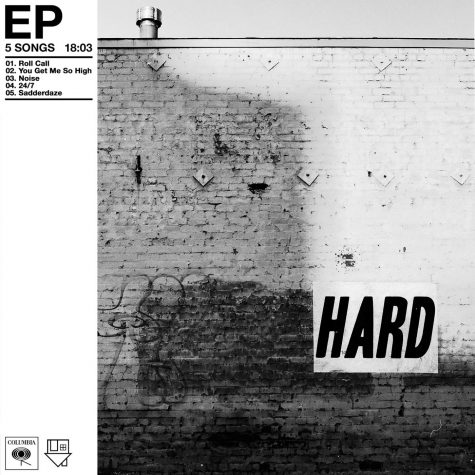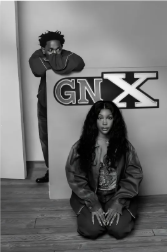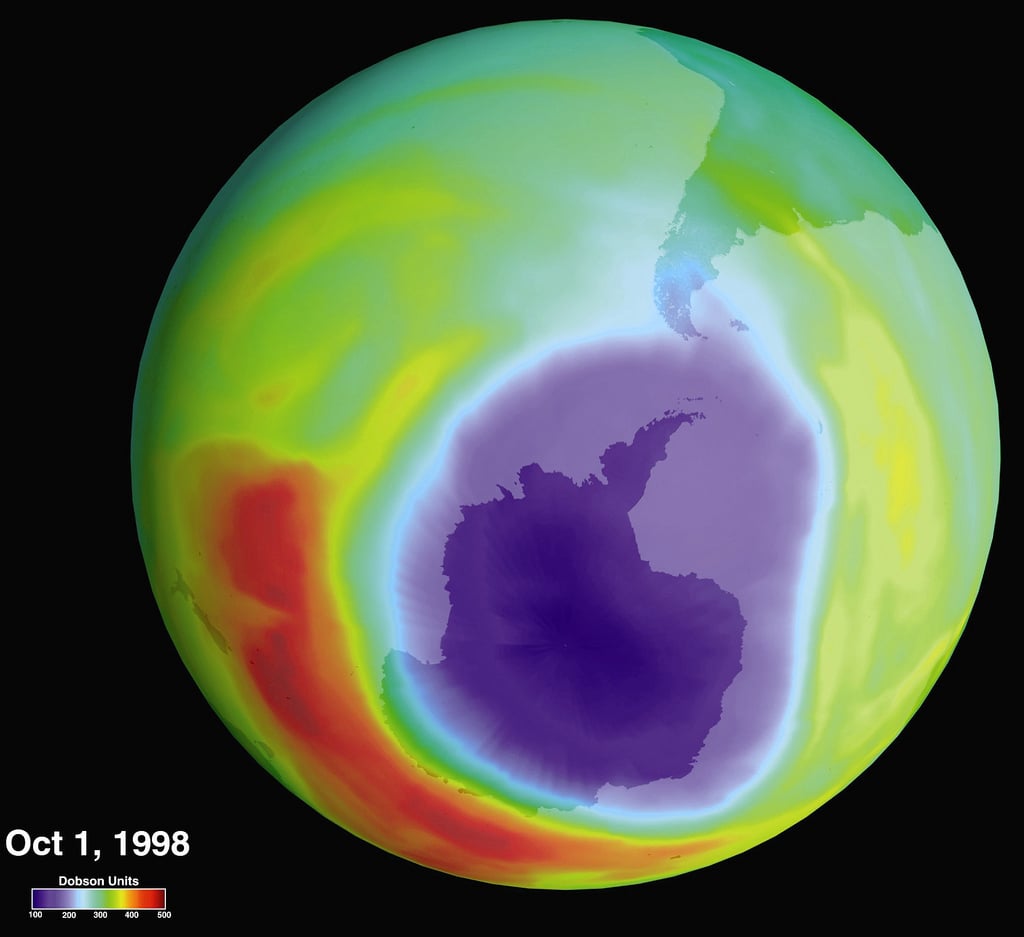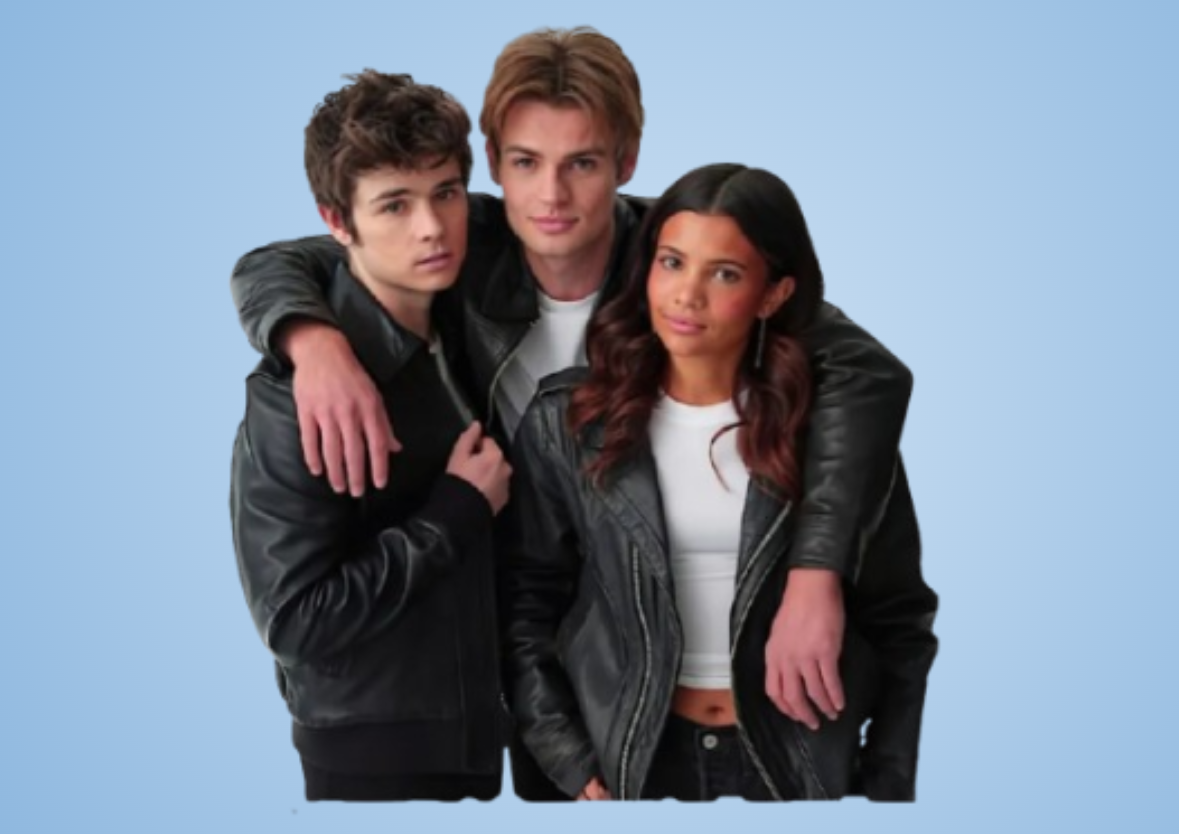The Evolution of The Neighbourhood

The Neighbourhood
November 25, 2018
Alternative rock band The Neighbourhood may only be a household name as a result of their radio hit “Sweater Weather,” but throughout their seven years of making music, they’ve built up a tight and loyal fanbase worthy of commendation. This fanbase has watched them grow as they attempt to push the boundaries of their soft rock genre; so far, The Neighbourhood has released four albums, all possessing a distinct theme and sound but connected through the band’s loyal devotion to mellow production and signature lyricism—after all, their current logo is “Hard To Imagine The Neighborhood Ever Changing.”

Still, The Neighbourhood has changed quite a bit from their adolescent 2013 debut, I Love You. In this era, the band burst onto the mainstream music scene with their smash hit “Sweater Weather,” chronicling the summer misadventures of a California youth—it’s actually quite representative of the band’s music as a whole. Its light catchiness earned it massive public appeal and critical praise, but, as many devoted fans now know, the song cannot even compare to some of the band’s future work. I Love You. is a cohesive album with some star tracks, including “Alleyways,” “Flawless,” and “Let It Go,” but it’s pretty repetitive and takes itself far too seriously. It was a debut, though, so it definitely showed promise for the band. With their next album, they delivered on that promise.

Their next album was actually a mixtape, which, unlike I Love You., was wonderfully unpredictable. They released it the year following I Love You. and entitled it #000000 & #FFFFFF. The mixtape included many rap and R&B features, such as OG Marco, YG, G-Eazy, French Montana, and Dej Loaf. This was completely out of the Neighbourhood’s usual zone of mellow indie rock, but it was a welcome surprise for many because of its shock factor, clear effort, and surprisingly great execution (for first-timers in the R&B scene). Lyrics showed a departure from their previous slightly-ironic, soft youthfulness and gave way for lines like “Ridin’ round in my city, same thing I used to do/ Got a new girl with me/I could have another one if I wanted to but no/ Might call another one this afternoon, I won’t.” Lead singer Jesse Rutherford recites lyrics such as these with a newfound swagger; the whole attitude of the album is based on The Neighbourhood’s post-debut acquired fame, which was widely caused by “Sweater Weather.” All in all, it does have a try-hard feel to it, but it was a huge step for the band in the right direction concerning their evolution of sound.

The following year, the band’s third album Wiped Out! was released, becoming the first ever flawless album The Neighbourhood put out up until that point. It starts off with “A Moment of Silence,” which is quite literally a moment of silence before commencing into the actual music. Deliberately placed silence in an album is usually irritating, but it simply works in this collection of tracks. Each track has a purpose— there is not one bad or forgettable song on the album, and that’s commendable for any band. The commercial highlight is “Daddy Issues,” which, like many of the band’s songs, deals with the death of Rutherford’s father. That’s the main recurring theme of the band’s music, the other being where Rutherford was raised, California. Wiped Out! feels like the dark side of the sunshine state, as the album’s namesake track and “The Beach” effortlessly show. This album is more similar to the first than the second, but it holds its own as an individual work of art. An album like this was definitely what The Neighbourhood needed before commencing work on their senior effort.

Their self-titled fourth album—released this year—is by far their best, surpassing Wiped Out! simply through improved production, lyricism, cohesiveness, and other small things that in the end, make an album. Songs like “Scary Love,” “Void,” and “Revenge” show a cool edginess in the band that wasn’t there before. Songs like “Reflections” show a striking maturity. Putting together The Neighbourhood and several 2018 EPs (including pre-album Hard To Imagine and post-album Ever Changing), the band put together a 21 track album entitled Hard To Imagine The Neighbourhood Ever Changing. It’s wonderfully executed; each individual work has its own tang. Three EPs were actually released before the album, the band later deciding to pick and choose tracks from the already-released Hard and To Imagine to put together a stronger EP, Hard To Imagine. However, the real stand out is Ever Changing, which serves as a perfect mixture of The Neighbourhood and #000000 & #FFFFFF; against all odds, the two distinct styles synthesize flawlessly. This final collection is the epitome of what The Neighbourhood is today, which is, ironically, wildly different from what they were in 2013. The Neighbourhood of 2018 is current and innovative, yet timeless. Highlights from HTITNEV are “Compass” (off Hard To Imagine), “Softcore” (off The Neighbourhood), and “Paradise” (off Ever Changing).




Examining The Neighbourhood’s history and evolution clearly shows that they are a band worthy of huge recognition. Although there doesn’t seem to be new music coming from them anytime soon, fans will be satisfied for quite a while with their recent efforts. It’s refreshing to see a band actively making an effort to leap out of their comfort zone while paying their genre justice. Bravo, The Neighbourhood—we’re patiently waiting for your next drop. Make it different, as you do.
















































































































































